
Being a birder in Shanghai can be depressing. Whenever I visit a location I have not been to for a few weeks or months, it is likely the place has changed for the worse. Wetlands destroyed, fences erected, trees felled – if you want to feel upbeat about Shanghai’s environment, you better listen to the government propaganda rather than actually go outside and look around.
For example, on Chongming Island, some fields are now gated off and no longer accessible to birders. If you think this is to protect wildlife, think again. These Hooded Cranes – just a kilometer or two from Chongming Dongtan Reserve – were flushed by a farmer setting up firecrackers on his field. An excellent way to protect the environment from the pernicious impact of these birds.


At Fengxian, several species cling to the last remaining bits of a once fairly extensive wetland:
A Richard’s Pipit (soon also to be featured in a collaborative post edited by Peter) …


… the usual Little Egret …

… some Green-winged Teals …


… a Vega Gull …

… a small flock of Shanghai’s other parrotbill, the Vinous-throated Parrotbill …



… and an Amur Stonechat.
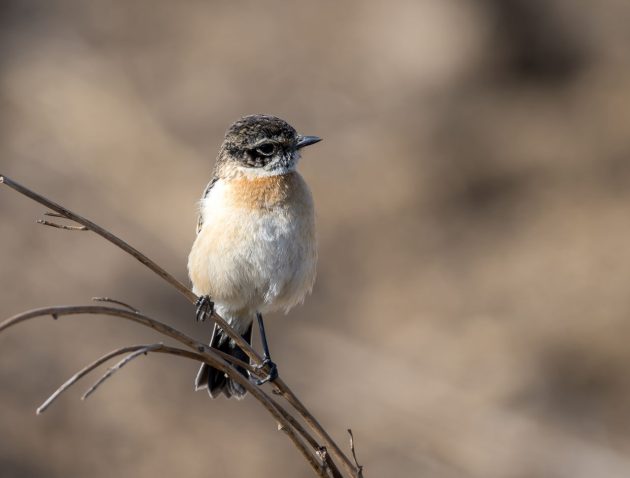
It is also getting harder to see Reed Parrotbills, though I still managed this January.


On the positive side, as a polymer chemist, I really enjoy the beauty of all things plastic and frequently try to capture that beauty when outside. Unfortunately, sometimes these views are blocked by birds such as this Grey Heron.

At other times, birds like this female Daurian Redstart are a bit more considerate and just pose on top of the beautiful polymers.

Some species such as this Common Kingfisher even seem to select the polymers by color, trying to match their own.

Unfortunately, this Bluethroat did not find a suitably matching polymer. Maybe the government or some local Nanhui visitors can help in the future.

Shanghai in January has the usual assortment of buntings:
Pallas’s Bunting …

… Chestnut-eared Bunting …

… Little Bunting …

… Black-faced Bunting …

… Yellow-browed Bunting …
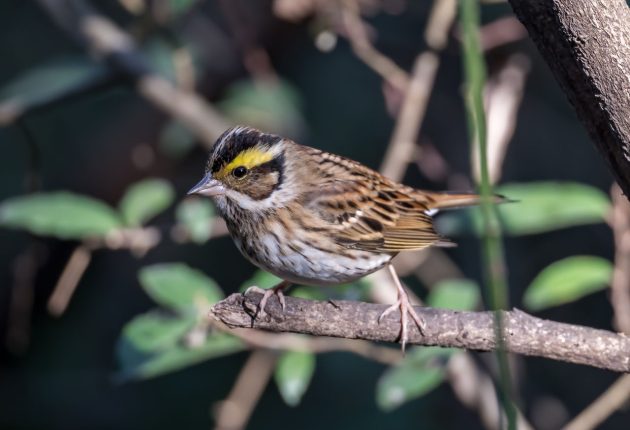
… and Tristram’s Bunting.

As usual in winter, Tianmashan offers refuge to a few species wintering in Shanghai:
Pale Thrush …

… White’s Thrush (a bird still looking very much like a dinosaur) …


… Black-throated Bushtit …


… Cinereous Tit (by avoiding the other name Asian Tit, this site can now also be visited by underage birders) …

… Common Rosefinch …



… and Swinhoe’s White-eye.


Despite the reduced access, Chongming Island is probably still the best bet for Shanghai birding in January. The fishponds and fields are accessible to foreigners – some parts of the reserve area are not, presumably because foreigners are all spies – which prevented me from seeing Dalmatian Pelican, Swan Goose, and Greylag Goose. Nationalism sucks. But Chongming still left me with …
… Pied Kingfisher …


… Kentish Plover …

… Rook …

… Northern Lapwing …

… Eurasian Spoonbill …

… Black-faced Spoonbill …

… Black-winged Kite …

… and perhaps the best and rarest species, an Oriental Stork.


Given that Chongming Island will get a metro line, most of these species will probably have to leave the island eventually. I am sure the government will sell this as progress.


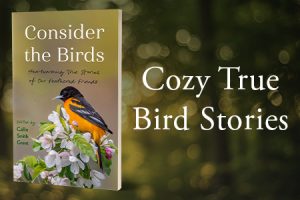

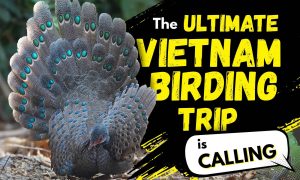
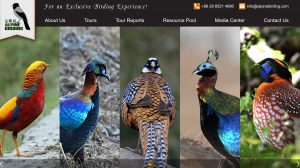
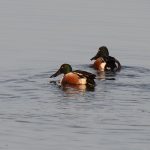
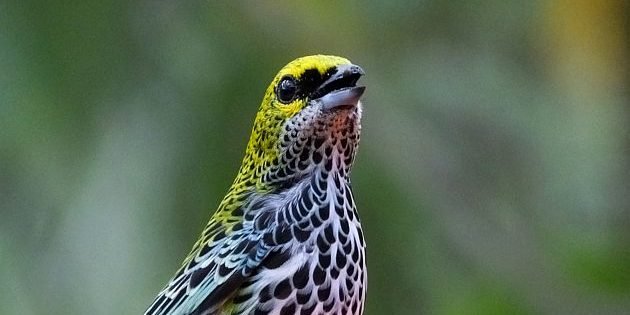
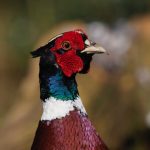
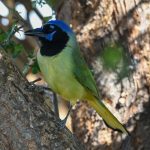
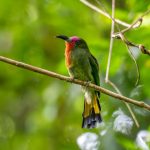

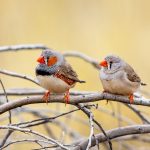
Depressing reading and undeniably true! I live further north, not far from Dalian, and in the past 10 years have witnessed so much waste to the land in the name of ‘progress’!
Turning nature into real estate is called “development” in all languages. As long as the authorities move slowly, nobody will notice and it will all be gone within 30 years. Europe has led the way with the decline of agricultural lands. Do it slowly is my advice to the Shanghai authorities. For the literal amonst us: I am being sarcastic…
Fabulous birds, despite the lack of habitat. However, I suspect that those rooks are really crows…
You are right, of course. I also saw real Rooks that month – and now exchanged the photo.